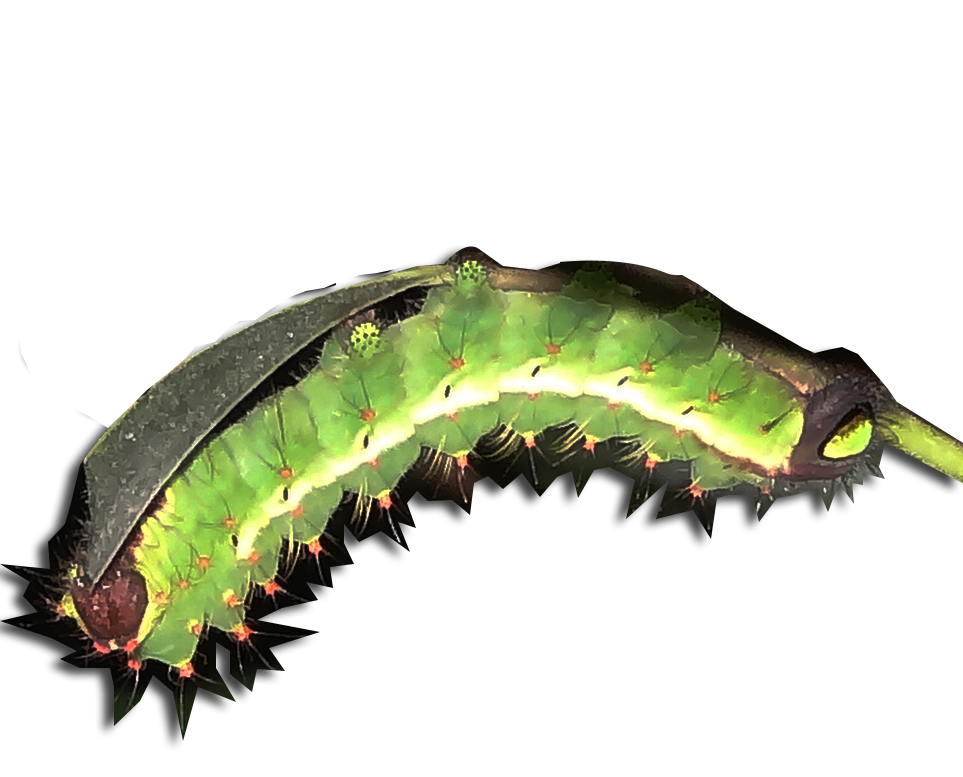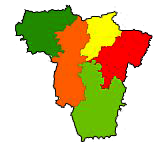Techniques of Rearing Silkworm
Rearing of Eri Silkworm, Samia ricini (Donovan)
Rearing house
- Eri silkworms are reared indoor.
- The plinth area 10 m x 5 m size rearing house having tin or thatch roofing with 1.5 m varandah all around
is ideal for accommodating 100 dfls for commercial silkworm rearing per crop.
- Rearing house should be well ventilated and fly proof.
Disinfection and prophylactic measures
- Disinfection before and after each rearing is considered the key for a successful cocoon harvest
- Disinfect the rearing house at least 7 days before and soon after the rearing.
- Disinfection should be carried out on bright sunny days.
- Wash the rearing houses and appliances with 5 % bleaching powder solution before rearing. Sprinkling
of 2 % bleaching powder-lime mixture in the surroundings of the rearing house is equally effective.
- Fumigate with 5% formaldehyde solution under high humid condition.
- Open the room after 24 hours.
- Windows and ventilators should be kept open for proper aeration and free circulation of air.
Season:
Rearing can be done throughout the year. However, March-April and September-
October are the best seasons for eri rearing.
Egg incubation:
Incubate the dfls at 24-26°C and 75-85% relative humidity.
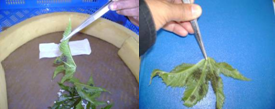
Brushing
- Wash hands with 2% formalin solution and then with water.
- Brush newly hatched worms on tender leaves (preferably castor) during morning hours.
- Use paraffin paper and water soaked foam pad in rearing tray to maintain temperature and
humidity.
Late stage rearing
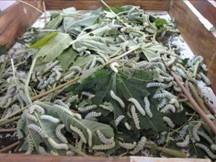
- Rear maximum 300 nos. of 5th instar worms per 3 ft x 3 ft diameter tray.
- Low cost bamboo platform rearing equipment is the best for rearing late stage worms considering the
limited rearing space and frequent bed cleaning. The structure with 6ft (L) x 5.5 ft (H) x 3 ft (W) dimensions
can accommodate 25-30 dfls.
Feeding
- Feed 1st instar worms on tender, 3rd and 4th instar on semi-matured and 5th instar on matured
leaves.
- Feed the worms’ minimum 4 times a day with castor or kesseru leaves.
Bed cleaning :
Resort to bed cleaning daily.
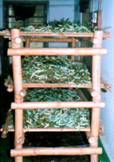
Ripe worm collection
- Ripe worms become yellowish white and start roaming for selection of site for cocoon formation.
- While picking up the matured worms and rubbing in between fingers, a sound of hollowness is
produced.
- Mature worms are collected and put to cocooning mountages.
- Besides traditional Jali, bamboo chandraki, bamboo stripe type mountage and plastic collapsible
mountage are used for cocooning
Source:
- Package of practices of Muga, Eri and Mulberry Sericulture for North Eastern region of India, 2005,
Central Muga Eri Research & Training Institute (CMER&TI), Lahdoigarh, Jorhat, Assam.
- Dr. M.C. Sarmah, Shri B.N. Sarkar, Shri S. A. Ahmed, Dr. K. Neog, CMER&TI, Lahdoigarh.
